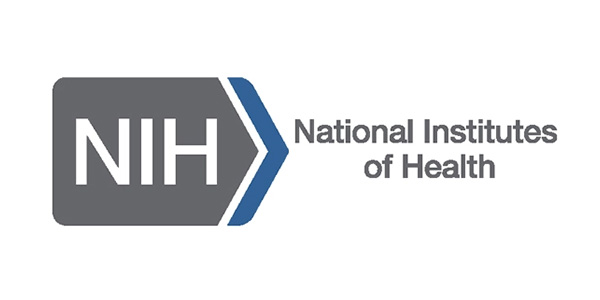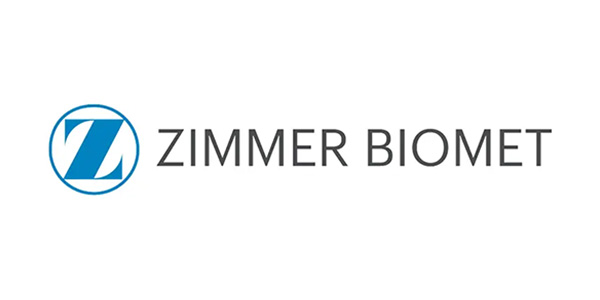What is the United States Bone and Joint Initiative?
The United States Bone and Joint Initiative (USBJI) is the U.S. National Action Network of the Global Bone and Joint Decade, a multi-disciplinary initiative targeting the care of people with musculoskeletal conditions— bone and joint disorders. Its focus is on improving your quality of life as well as advancing the understanding and treatment of those conditions through research, prevention and education. Bones, and the joints that create function and movement, are connected by muscle and ligaments. Their state of health and how they enable you to lead an active and healthy life is what the Initiative aims to improve.
So what is a “musculoskeletal disease or disorder?”
It's a wide range of conditions. To name just a few, we're talking about arthritis, back pain, osteoporosis, broken bones, trauma (caused by sports injuries or automobile accidents for example), back pain and other spinal disorders, hip, knee and foot pain, cerebral palsy, and congenital problems like clubfoot.
What are the goals of the Bone and Joint Initiative?
Participating organizations of the USBJI are engaged in developing new research and education programs that will bring about significant advances in the knowledge, diagnosis and treatment of musculoskeletal conditions, and increase the number of resources at the disposal of the healthcare profession and the public at large. Overall, we're committed to making an impact on the estimated $950 billion annual cost of musculoskeletal conditions in the United States.
The goals of the Initiative are to:
- Raise awareness and educate the world on the increasing societal impact of musculoskeletal injuries and disorders
- Empower patients to participate in decisions about their care and treatment
- Increase global funding for prevention activities and treatment research
- Continually seek and promote cost-effective prevention and treatment of musculoskeletal injuries and disorders.
Why the need to focus on musculoskeletal problems?
Across the world, musculoskeletal conditions affect hundreds of millions of people, at a huge cost to society.
- Worldwide, musculoskeletal conditions are the most common causes of severe long-term pain and physical disability.
- Aging populations throughout the developed world will result in significant increases in musculoskeletal conditions, with attendant increases in costs to those countries.
- Joint diseases account for half of all chronic conditions in the elderly.
- Forty percent of all women over the age of 50 years are expected to suffer at least one osteoporotic fracture in their lifetime.
- Throughout the world, musculoskeletal conditions and deformities deprive children of a normal development.
- Road traffic injuries are increasing precipitously, and are estimated to account for as much as 25% of all health care expenditures in developing nations.
- In the United States alone, musculoskeletal conditions are a leading cause of disability, accounting for more than 130 million patient visits to healthcare providers annually. They are the No. 1 reason people visit their physician, and affect nearly one in two Americans over the age of 18.
- Musculoskeletal research currently is at the precipice of major breakthroughs that likely will change and simplify the way bone and joint disorders are treated and prevented throughout the world. These research efforts promise major benefits for patients who have musculoskeletal conditions.
What is the status of the Bone and Joint Decade initiative around the world?
- More than 750 organizations worldwide have endorsed the Decade.
- More than sixty countries, including the United States, have established multidisciplinary National Action Networks to plan activities in these respective countries.
- Sixty-three national governments, including the United States, officially designated the Bone and Joint Decade for their countries.
- The World Health Organization, the United Nations, and the Vatican have endorsed the Bone and Joint Decade.
What is the Bone and Joint Initiative doing in the United States?
- Over one hundred healthcare professional, patient and public organizations have pledged their support and form the United States Bone and Joint Initiative (USBJI) network.
- A Board with representatives of twenty-two of the professional healthcare and voluntary health organizations including two representatives of patients and the public, governs and coordinates activities of the United States Bone and Joint Initiative.
- All 50 States endorsed the United States Bone and Joint Initiative.
- 125 medical schools and several colleges of medicine declared their support for the Initiative.
- A number of corporations support the goals of the United States Bone and Joint Initiative.
- In March 2002 the U.S. President officially proclaimed the national Bone and Joint Decade.
- A number of participating organizations have collaborated to publish The Burden of Musculoskeletal Diseases in the United States. Lowering the burden of disease is the ultimate goal, and this essential resource presents prevalence, societal and economic data.
- The Initiative works with the National Institutes of Health exploring ways to raise awareness about bone and joint conditions, and address issues of concern to the research community. It works with the Centers for Disease Control and Prevention to raise awareness of bone and joint disorders such as arthritis, childhood diseases, and to increase awareness about the causes of road injuries and the need to improve road safety.
- Every October 12–20 the Bone and Joint Decade and United States Bone and Joint Initiative celebrate National Action Week to educate the public about prevention activities.
- A career development and grant mentoring program has the goal to increase the pipeline of young clinical investigators in musculoskeletal research. Graduates of the program have received more than $119 million in research funding.
- For more information on activities in the United States browse the contents of the USBJI website, and in particular its newsletter.
- The USBJI website address is www.usbji.org.
What is the “Burden of Musculoskeletal Disease”?
Burden of disease refers to the combination of the incidence/prevalence, impact (in terms of quality of life and disability), and cost of musculoskeletal conditions.
Where can I obtain more information on the Bone and Joint Decade and USBJI?
- The U.S. website at www.usbji.org has information on activities in the United States.
- For a complete listing of supporting U.S. organizations, and contact details and links to their websites, view Friends of the Initiative on this site. Many of the participating organization websites contain information and resources about musculoskeletal conditions.
- The web site for the Global Bone and Joint Decade is at www.boneandjointdecade.org and provides background information on Decade activities around the world.






